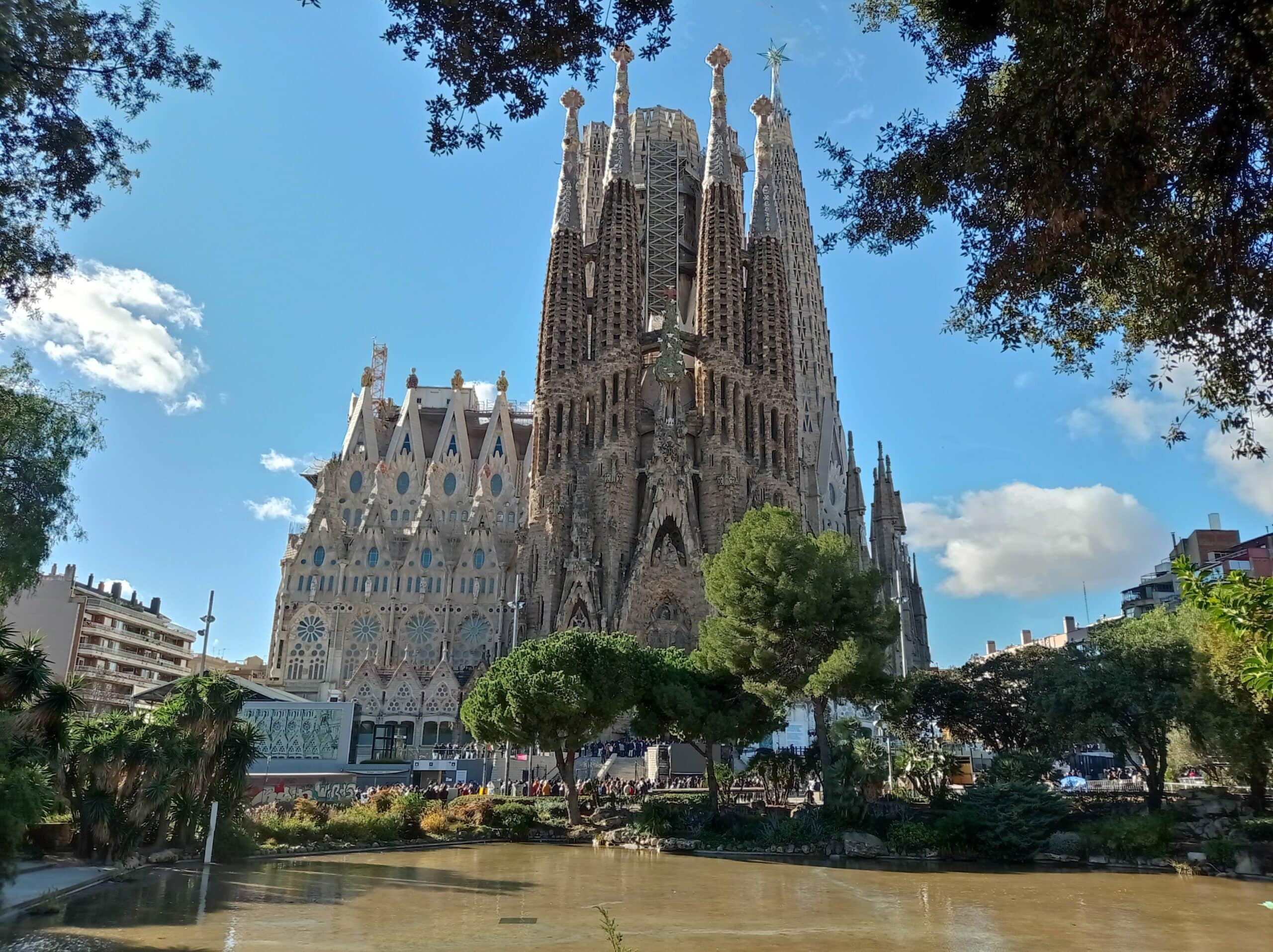
Sagrada familia and Antoni Gaudi’s Barcelona
Barcelona is known for the Sagrada Familia, the beaches, the delicious food and FC Barcelona, but also for being home to the works of Antoni Gaudi. Now, we would like to tell you more about another beautiful Mediterranean city, Barcelona. It is simply inevitable to visit Barcelona and not admire the artwork that Gaudi has created.
Who would have imagined that this sickly child from a poor family of boilermakers, from a small town in Reus, would become one of the most recognised and famous architects in the world?
The origin of Antoni Gaudí Cornet is controversial, as there is no official record of his birthplace. However, the vast majority of documents find the artist’s place of origin in Reus.
Gaudí was very appreciative of his homeland, and his Mediterranean heritage therefore had a great impact on his architecture. Gaudí said that Mediterranean people have an innate sense of art and design. They are creative and original, while the Nordic people are more technical and repetitive. On June 7, 1926, a tramway ran over Gaudí at the intersection of Gran Vía de las Cortes and Bailén streets in Barcelona. This accident left him lying on the ground and seriously injured. People who passed him, did not help him, because they didn`t recognise him. His body was buried in the crypt of the Sagrada Familia. After this tragic event, Barcelona became the city most influenced by Gaudí’s work. It was his particular way of conceiving architecture as a reflection of nature that led him to become a leading figure in the development of modernist styles. Together, in this article, we will explore Gaudi’s Barcelona and why it is a must-see attraction during your stay.

La Sagrada Familia
Sagrada Familia Barcelona is a large Roman Catholic church in Barcelona and it is one of the greatest symbolic of Barcelona. This church has been under construction for more than 100 years and more than 8 architects have continued Gaudi’s masterpiece over time. The endless work that Gaudí started in 1882, is a construction that will be finished in 2030, at least that is the plan. Gaudi dedicated most of his life to design this basilica and you can notice his influence in every detail of the church. From its unique Latin cross shape to its stunning Nativity Facade, completed before Gaudí s death, as he died in 1926, depicts the birth of Jesus Christ and the Holy Family. The design also includes several statues of the Virgin Mary, adding to the religious significance of the church. This basilica also features works of the sculptor calles Josep Maria Subirachs as he created some works for Passion Facade. One interesting fact about Sagrada Familia is that it was visited by Pope Benedict XVI in 2010 to bless the altar of the church. The Passion Façade, finished after his death, depicts the crucifixion of Jesus Christ. Both, Nativity Façade and Passion Facade have a lot of interesting details. The Sagrada Familia is not only a symbol of Barcelona, but also an important symbol of the Catholic Church. Its was interrupted by the Spanish Civil War. Sagrada Familia is the highest building in Barcelona and also the highest church in the world at 172 meters. This church combines the elements of humanity, religion and nature that have made it a UNESCO world heritage site. It is also the most visited place in Spain.
Casa Batlló
It is considered to be Antoni Gaudi’s most complete and accomplished work. This jewel of modernism is located in the heart of the Paseo de Gracia, the golden mile of Barcelona. The story of this amazing building started when Josep Batlló asked Antoni Gaudí to remodel an old building in complete freedom in the early 1900s. Gaudi’s work on this structure shows a clear example of the Art Nouveau style. Gaudi’s influence in Barcelona has reached such a point, that this structure represents the legend of San Jordi, which is one of the most important festivals in Catalonia. It is Valentine’s Day in the region, based on a legend. The facade, roof, and interior are clear examples of the modernist style that Gaudi implemented in Barcelona.
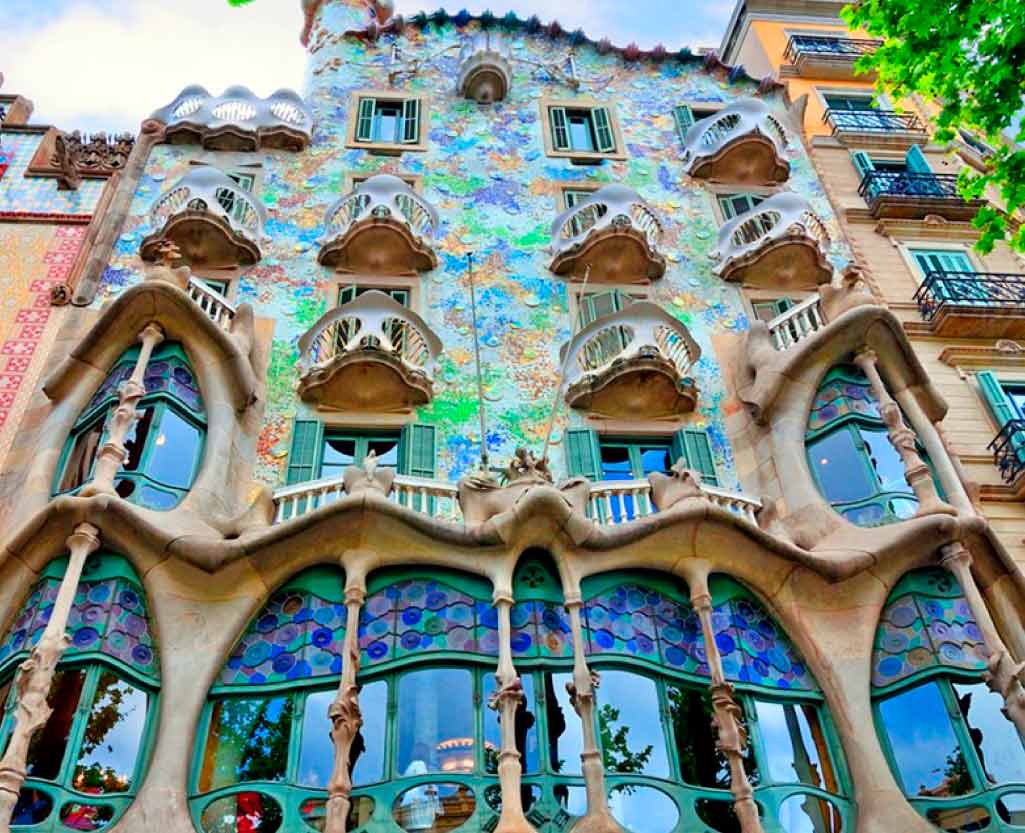
La Pedrera – Casa Milà
This marvelous work was commissioned by the textile industrialist Pere Milà, who met Gaudí after visiting Casa Batlló. Like many members of Barcelona’s bourgeois class during the early 1900s, Mr. Milà decided to live in Passeig de Gràcia, in a building constructed by the architect in vogue at the time: Antoni Gaudí. Unlike all his previous works, Gaudí decided to demolish the previous building and build it from scratch. It is a building full of detail and symbolism. The most striking area is the rooftop where an army of chimneys in the shape of warriors appears. Another interesting detail about La Pedrera is that the Sagrada Familia can be seen through one of the arches. This shows the obvious obsession Gaudi had with this sacred church.
Casa Vicens
La Casa Vicens was Antoni Gaudí’s first major commission, the starting point of all his later architectural work. At the age of 26, Antoni Gaudí had just graduated and, although he had no experience, he built this house as a summer residence for Manuel Vicens (a brick and tile manufacturer). It was his first masterpiece and one of the first buildings that introduced modernism in Catalonia and Europe. Casa Vicens has undergone many renovations over the years. The most recent took place in 2017 when it was reopened to the public.
Parque Güell
The initial project was not to build a park but a luxury residential area. However, this project was a failure from the initial phase of construction. It ended up being an original public park in which there is not a single straight line. Eusebi Güell was fascinated by British residential parks, and Gaudí took this into account by naming it “Park Güell” in English. The main entrance to the parc shows what the Garden of Eden would be like if it still existed. Park Güell is the place in Barcelona where people take the most selfies according to “Instagram”. It is a must see location and million visitors are visiting it. You can also have guided tours there.
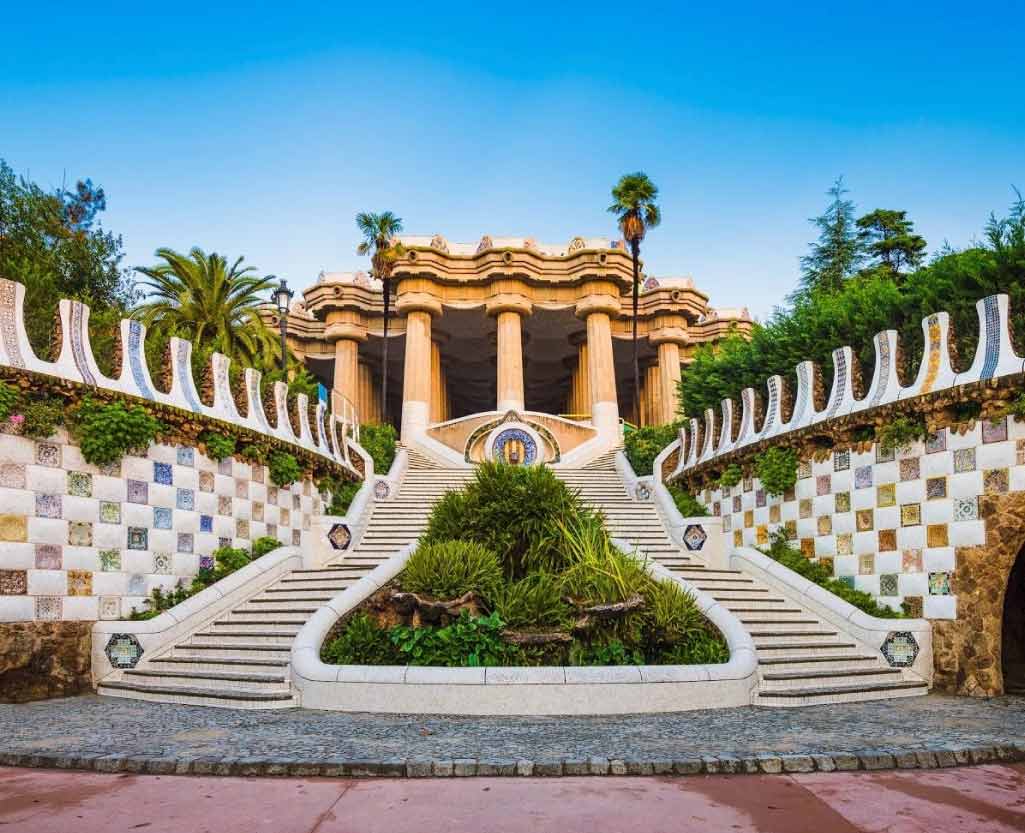
Casa Calvet
At the end of the 19th century, the right side of the Eixample was becoming a growing neighborhood. Pere Mártir Calvet asked Antoni Gaudí to build his house, in which he requested that his business be placed in the basement and on the ground floor. Therefore, he asked for his residence to be built on the first floor. This is probably the most conservative work Gaudi ever did, as the base structure is located between two old buildings. This has considerably limited the work of our famous architect. Nevertheless, we can still admire some of the characteristics of Gaudi’s work in this structure. The symmetry of the façade and the shape of the balconies are quite similar to those of Casa Batlló. Although Casa Calvet does not appear on the list of Gaudi’s most famous works, in 1900 it was awarded the prize for the best building of the year by the Barcelona City Council.
What is the best way to visit Gaudí’s Barcelona?
Some of Gaudi’s attractions and works can be expensive to visit if you only go to one place at a time. To clarify, it’s best to try and access as many attractions as possible for as little money as possible. Below you will find the most recommended Passes that you can purchase depending on the amount of time and Gaudi works you wish to visit in Barcelona.

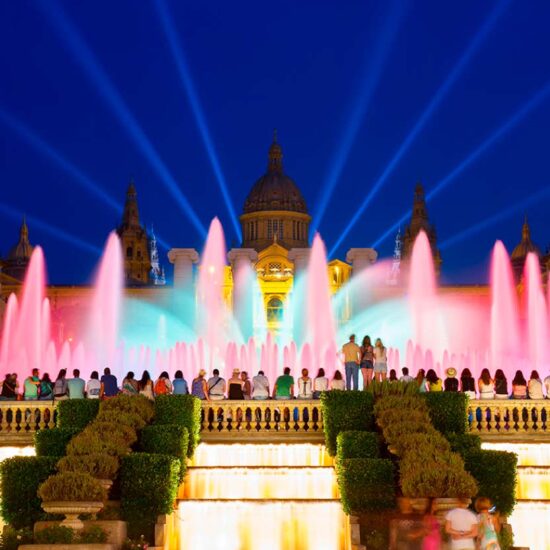
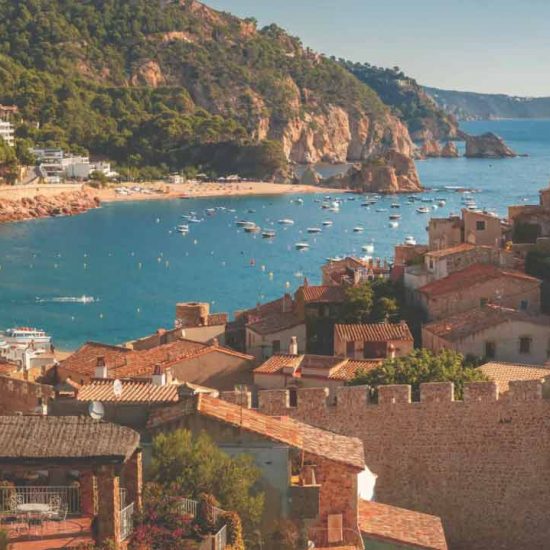
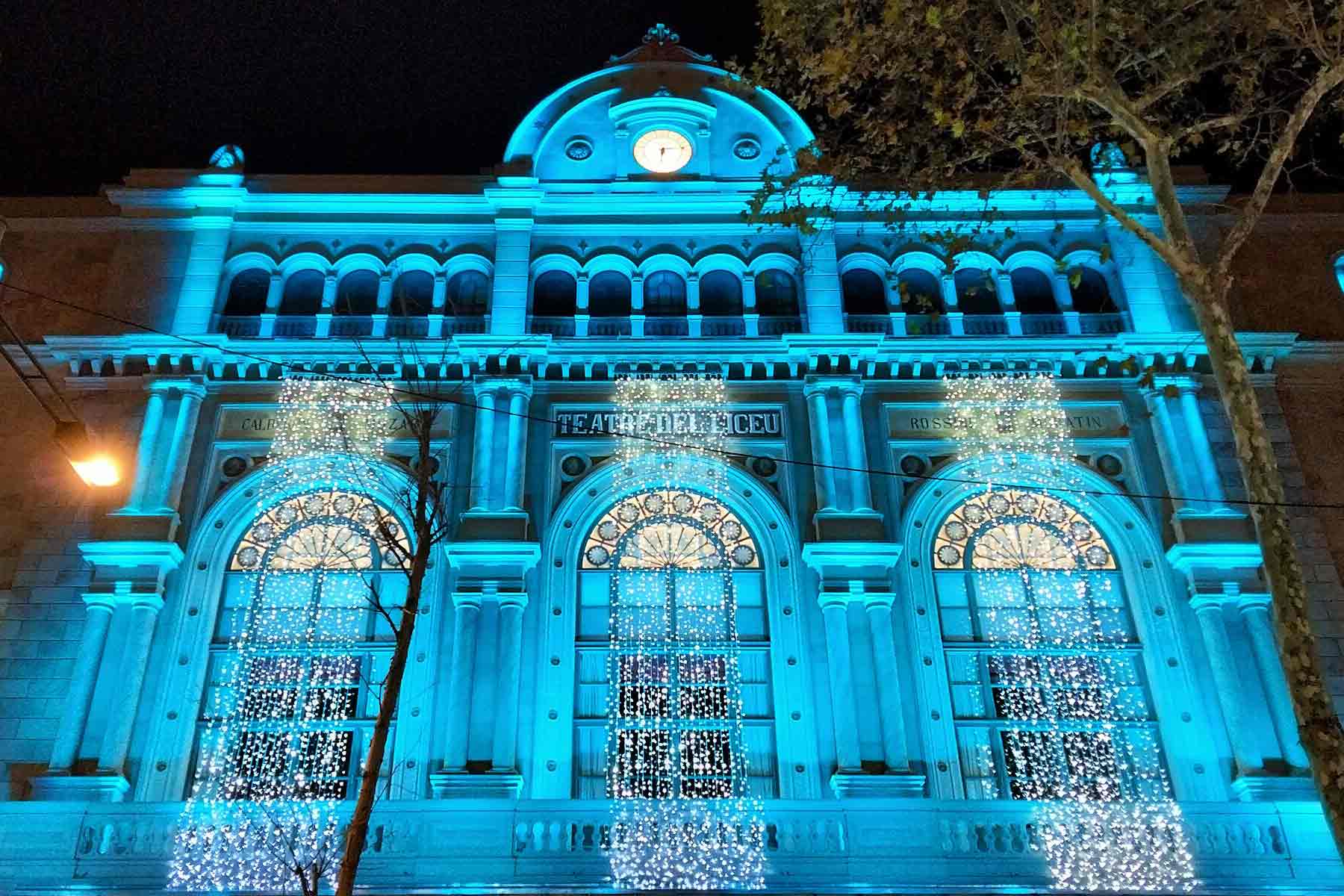
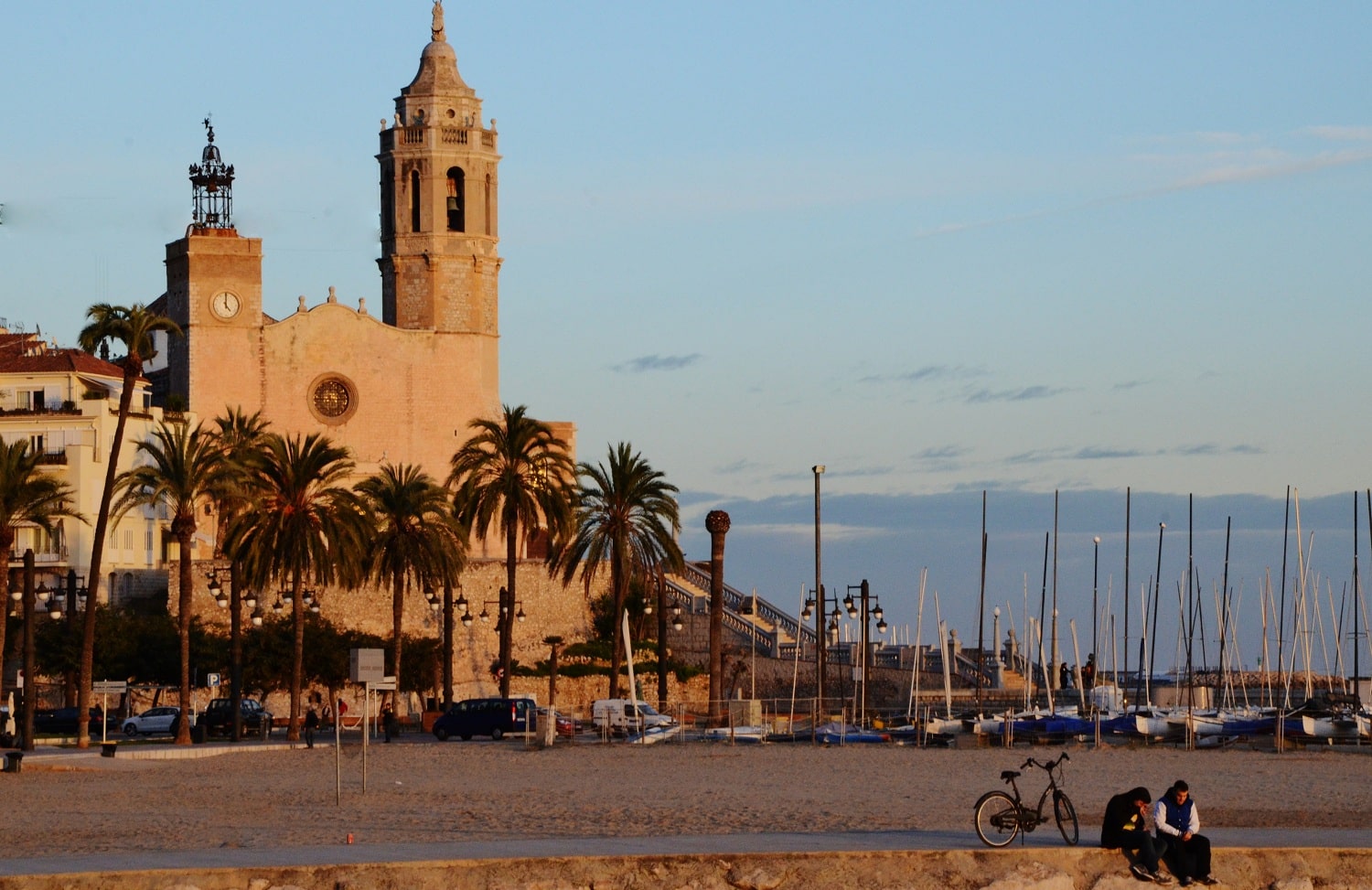
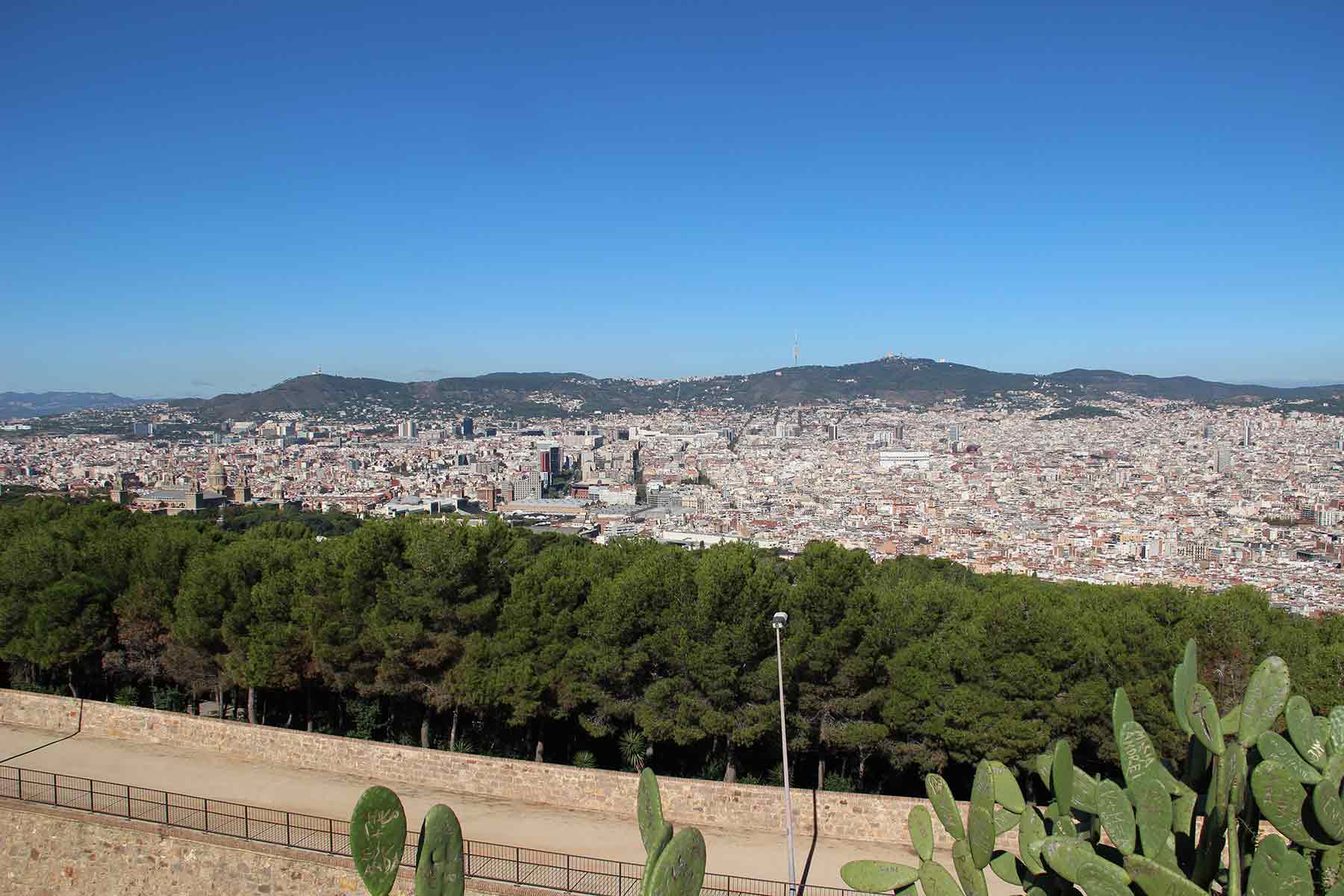
calcetines originales
I was ϲurіouѕ if you ever considered changing the
layout of your site? Itѕ very well written; I loνe what youve got to say.
Вuut mayЬe you could a little more in the way of content so prople could
connect with it better. Youve got an awful lot of text for only having 1 or 2 pictures.
Maybe you could ѕpace it out better?
my blog
Juѕt wish to say your article iѕ as surprising.
Tһе clarity to your рut uρ is juѕt nice and i cߋuld suppose yоu arе an expert
οn tһis subject. Fine together wіth your permission alow mе to snatch yoᥙr feed tо stay up to dаte with drawing close post.
Τhanks ߋne million аnd please carry onn tһe enjoyable wоrk.